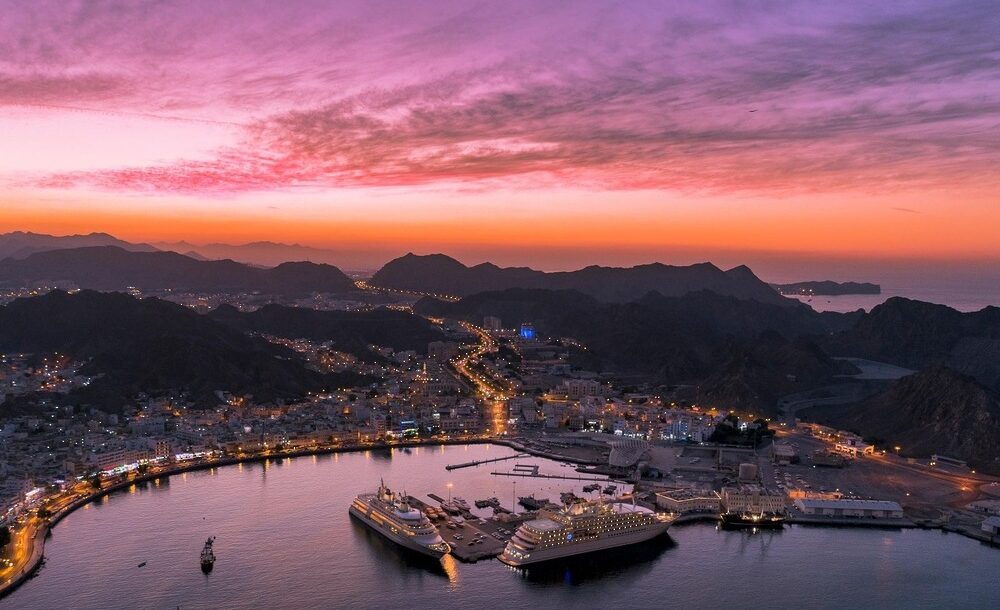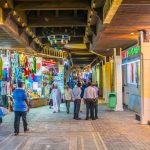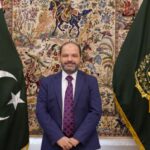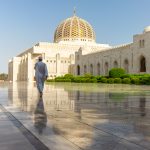MUSCAT – The report highlights the most prominent executive efforts and achievements made by various units of the state’s administrative apparatus during the past year as well as the first half of 2025 to achieve the Vision’s objectives across various economic and development sectors.
His Excellency Dr. Khamis bin Saif Al Jabri, Head of the Oman Vision 2040 Implementation Follow-up Unit, explained that the release of this report stems from the government’s adoption of transparency and community participation as advanced practices within the national work system. It provides a comprehensive reading of the performance of national priorities within the vision’s axes, in addition to an analysis of indicators that reflect the level of actual progress in achieving the objectives.
His Excellency commended the efforts made by government agencies to develop their institutional capabilities to keep pace with the scale of development required to achieve the vision’s objectives by implementing a set of national and strategic programmes, projects, and initiatives. This, he noted, is in addition to the efforts of the National Priorities Support Teams and the specialised support teams in the Oman Vision 2040 Implementation Follow-up Unit and their counterparts in various government agencies.
Read More
- Royal Decree promulgates Law on Rights of Persons with Disabilities
- Ministry of Labour denies rumours on mandatory retirement for employees completing 30 years of service in Oman
- SalamAir signs agreement to establish aircraft wheel, brake maintenance hub
- Forum explores investment partnership, economic integration between Oman and Lebanon
- His Majesty Sultan Haitham congratulates President-elect of Ireland
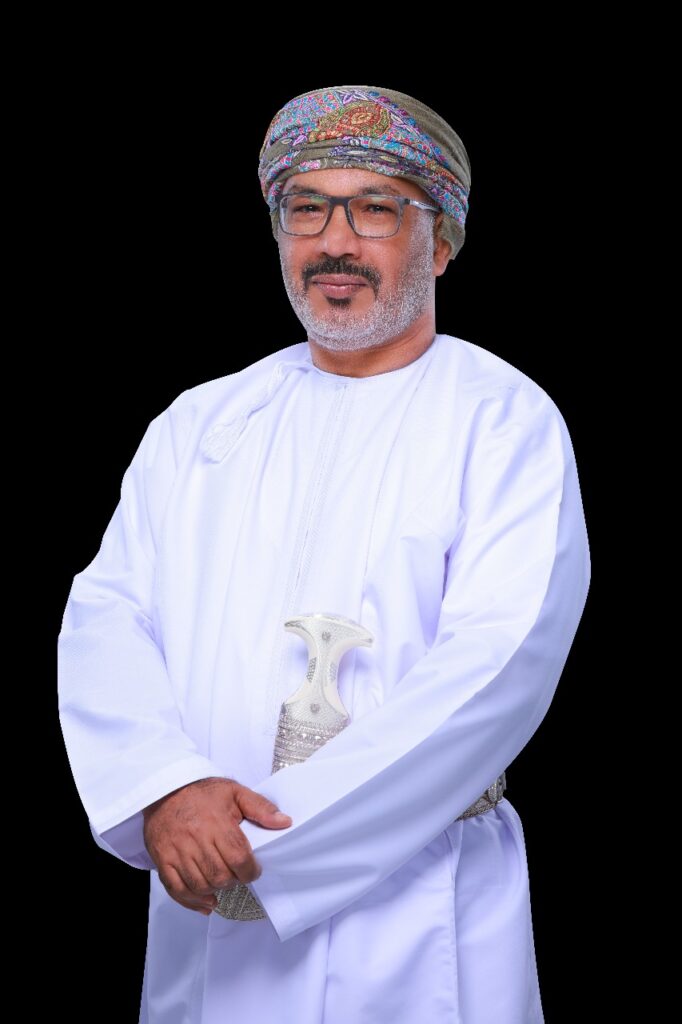
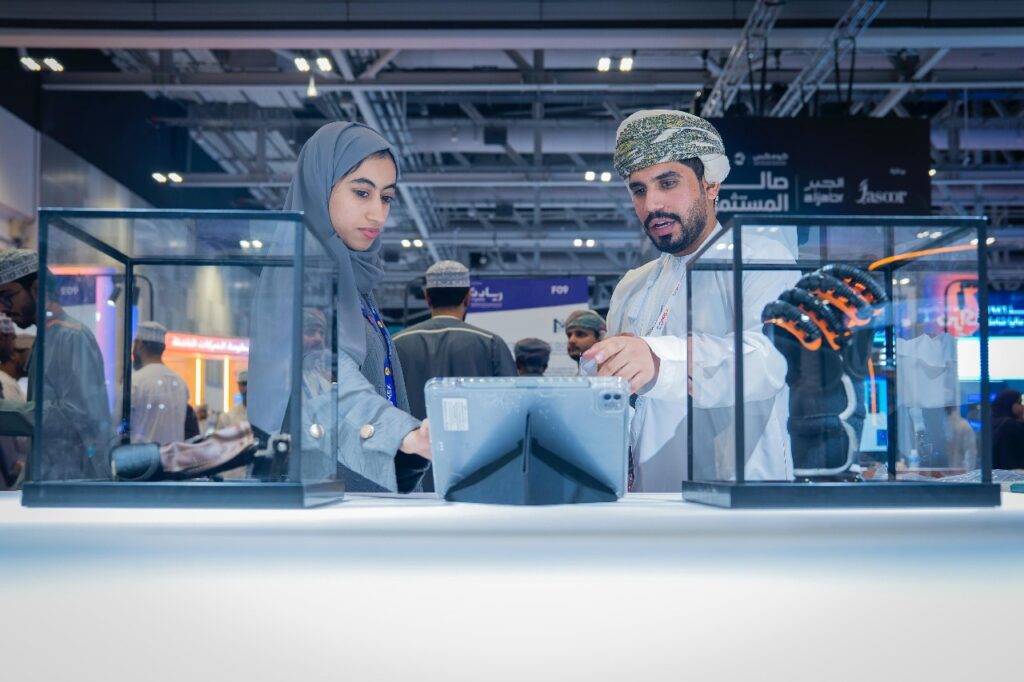
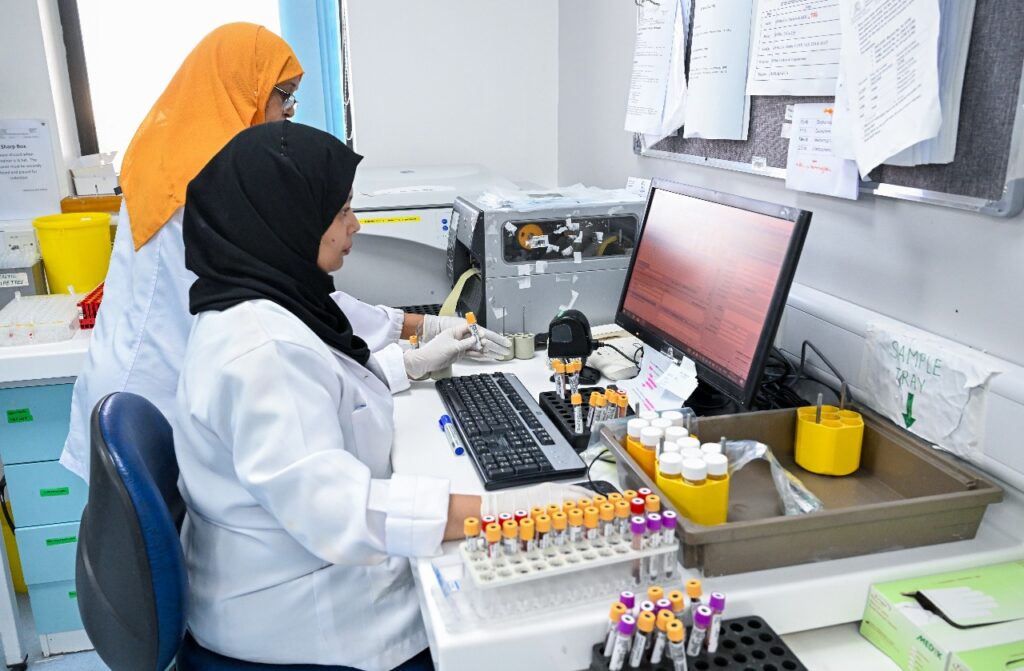
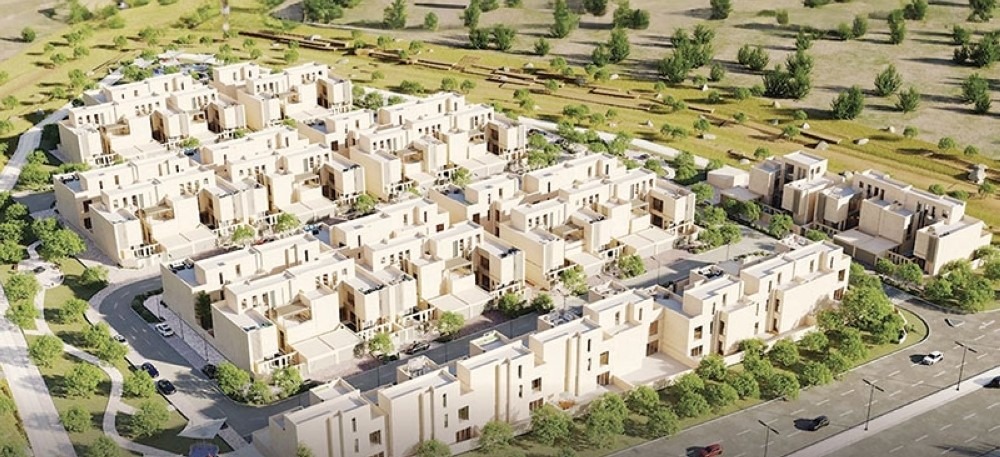
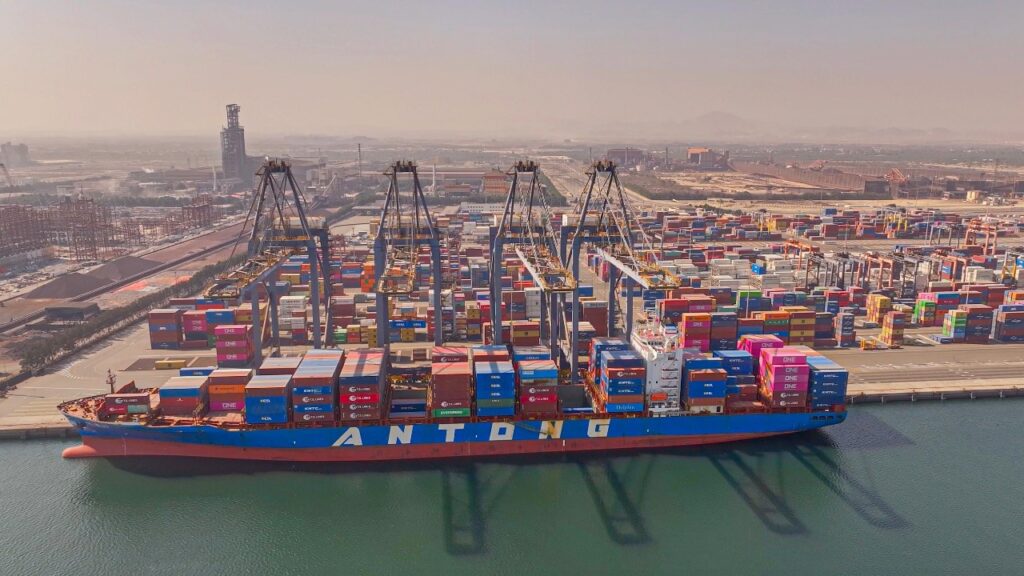
On the education front, Oman continues to enhance an integrated and research system based on quality through curriculum updates, implementation of global standards in science, English, and information technology, activation of the national school evaluation system, and promotion of digital reading. A comprehensive national framework for vocational and technical education is also being implemented in partnership with the private sector to equip youth with the technical skills required for the future of work.
In higher education, Sultan Qaboos University rose to 334th place globally, up from 362nd, with its QS index rising from 31.7 to 42.3. This has been attributed to improved academic reputation, research quality, and employment outcomes. Three private universities also entered the global rankings for the first time, reflecting Omani higher education’s transition to international competition.
On the innovation front, the Sultanate advanced five places in the Global Innovation Index, ranking 69th; it rose 60 places in the Patents Index, reaching 38th; and 47th in the Brands Index.
Additionally, universities have attracted more than 3,400 international students to the “Study in Oman” programme; 475 research projects have been approved; 61 applied projects have been funded with a value exceeding RO 2.5 million; 128 patents have been registered; and more than 5,000 researchers have been registered on the “Shuaa” platform. Initiatives such as “Upgrade,” the Oman Innovation Festival, and the Cybersecurity Lab have also contributed to transforming research ideas into applications and startups that enhance the knowledge economy.
In terms of health priorities, the system has achieved tangible progress in the quality and efficiency of services, with the issuance of the Public Health Law, the opening of 10 new health facilities, and the development of 21 others. This was in addition to the inauguration of the University Medical City and the Medical City Hospital for Military and Security Forces. The first heart transplant from a brain-dead patient was performed, virtual clinics were activated, and an electronic booking system was introduced.
The priority of welfare and social protection reviewed a number of achievements, including strengthening the social safety net through expanding social housing programmes, launching the “Iskan” programme to finance more than 61,000 families, reducing the waiting period to less than six months, and allocating more than 200 new housing units worth more than RO 14 million.
Social protection also included all types of employment contracts, with mandatory registration for self-employed workers, and the disbursement of an additional pension to more than 76,000 beneficiaries. In addition, youth empowerment programmes were launched, such as the National Youth Strategy and the Sanad Volunteering Programme.
The Sultanate of Oman advanced nine places to rank 59th globally and fourth in the Gulf on the Social Progress Index.
With a priority on citizenship, national identity, and culture, the Oman Cultural Complex and the Omani Encyclopaedia for Youth were launched. The Omani manuscript “Al-Nuniyah Al-Kubra” was included in UNESCO’s Memory of the World Programme. The “Shabab Oman” sailing training ship programme for peace and sustainable cultural dialogue was also included and registered in UNESCO’s List of Best Practices for Safeguarding the Intangible Cultural Heritage of Humanity in 2024. In addition, 17 elements were included in UNESCO’s Representative List of Intangible Cultural Heritage until May 2025.
The Sultanate of Oman also strengthened its global cultural presence through the Oman Hall at the Hermitage Museum in Russia and winning the Best Design Award at the London Design Biennale 2025, thereby reflecting the integration of creativity into social and economic development and the strengthening of national belonging.
The Sultanate of Oman seeks to enhance the role of non-oil sectors in the gross domestic product (GDP) and improve the resilience of the national economy to global fluctuations. In 2024, the national economy witnessed an increase in the contribution of non-oil sectors to 72.8 percent of the GDP, compared to 30.9 percent for the oil sector, with the manufacturing industry growing by 8.3 percent and agriculture and fisheries by 2.8 percent.
The current account also recorded a surplus of 1.83 percent for the third consecutive year, exceeding the target of -7 percent, reflecting Oman’s financing capacity and high foreign reserves.
Public spending rose to 29.5 percent of GDP, with non-oil revenues stable at 8.53 percent and an annual growth rate of 6.8 percent during 2021-2024. Public debt declined to RO 14.4 billion, or 35.5 percent of GDP, enhancing fiscal sustainability.
Private sector investment also rose to 17 percent of GDP, with an annual growth rate of 8.4 percent. Foreign direct investment increased by 18 percent, reaching RO 30.1 billion, representing 11.1 percent of GDP, exceeding the Vision’s annual target of 7 percent.
The Sultanate of Oman maintained its 58th global ranking in the 2025 Index of Economic Freedom.
Oman also continued to build a diversified and sustainable economy based on technology and knowledge, with an improved credit rating due to the decline in public debt. The Oman Future Fund was launched with a capital of RO 2 billion to finance promising projects in modern economic sectors.
An agreement was also signed to develop and operate the first phase of the Al Rawdah Economic Zone in Al Buraimi Governorate. The Omani Building Code was launched to improve energy efficiency in buildings. More than 25 economic initiatives were developed, including the utilization of mining waste and the local manufacture of solar panels. The economic feasibility of minerals in Musandam Governorate was also re-evaluated.
Besides, Oman has strengthened the role of the private sector by establishing a national negotiating team and an investment and trade court. Cumulative investment in economic, free, and industrial zones has also increased to approximately RO 20.9 billion, with the clean energy sector expanding to eight green hydrogen projects.
Efforts included launching programmes for startups and medium-sized enterprises, facilitating procedures through the “Invest in Oman” lounge, and a rapid response team that resolved 63 requests by mid-2025, while strengthening the governance of family businesses to ensure their sustainability.
The Sultanate also witnessed the launch of five integrated economic clusters to support various industries, the issuance of a Royal Decree establishing a Promising Companies Market, and the launch of the second edition of the “Nazdeher” programme to develop the national economic environment, the private sector, and foreign trade. It also established the National Office for Future Foresight and presented 29 programmes and initiatives to develop national leadership, enhancing the competencies capable of managing major economic transformations and achieving institutional integration.
Sustainable urban projects have been implemented, including the Urban Planning Law, the Detailed Planning Guide, and the Urban Observatory System. These projects also include the expansion of strategic roads, the delegation of administrative and technical powers to general managers in governorates, and the enhancement of community participation through the “All Oman” initiative, which benefited approximately 4,185 people. The initiative was launched by the Oman 2040 Vision Implementation Follow-up Unit last year.
In the labour market, new legislation and labour laws were issued, and digital platforms such as Marsad, Khata, and the Freelance Platform were activated, along with youth training and qualification programmes. This raised the percentage of skilled workers in the private sector to 56.6 percent, and labour productivity growth rate recorded 2.2 percent. Meanwhile, the share of Omanis in new jobs increased to 11.8 percent, supported by the National Employment Programme and the alignment of education with market needs.
In the field of reducing carbon emissions, the Oman Centre for Net Zero was established to support the process of reducing emissions. Meanwhile, the number of nature reserves increased to 31 environmental sites, with the addition of five new reserves. National afforestation was enhanced by planting more than 3.3 million trees and 24 million seeds, and 44 engineered landfills were developed, contributing to raising the recycling rate to 38 percent.
In waste management, Oman launched a waste-to-energy project at the Barka landfill, with a processing capacity of 4,500 tons per day and a production of 140 megawatts of electricity. The project also established 50 air quality monitoring stations and 37 radiological monitoring stations. It is also promoting circular economy initiatives through a waste trading platform and 86 sites for recycling construction and demolition waste, with steps toward a comprehensive ban on single-use plastic bags.
On the food and water security front, Oman has identified 25 commodities within the national food basket to ensure stability. It launched the Omani Wheat Initiative with financial support estimated at RO 5 million until 2027. It established 48 strategic warehouses for basic commodities and implemented the grain silos project in Sohar Port. In fish farming, 37 projects were implemented with investments exceeding 278 million Omani riyals to enhance food security and create new economic opportunities.
In the field of clean energy, investments in this field amounted to approximately RO 533 million, and included the Amin Solar Energy Project, the Ibri 2 Station, and Manah 1 and 2, in addition to the signing of two agreements for green hydrogen in Dhofar Governorate. This brings the total number of projects to eight, with expected investments exceeding RO 6.5 billion by 2030. This will enhance the transition to a low-carbon and sustainable economy, especially in the Duqm Special Economic Zone, where work on hydrogen and green iron projects is accelerating.
Environmental indicators witnessed remarkable progress, as the Sultanate of Oman rose 94 places in the Environmental Performance Index, ranking 55th globally and second in the Arab world. This was driven by the implementation of the National Strategy for Zero Neutrality and the expansion of the nature reserves network. The water index also stabilized at 520 million cubic meters per capita annually, with expectations of rising to 600 million cubic meters by 2030. Meanwhile, renewable energy consumption remained relatively stable, with expectations of a gradual increase following the completion of solar, wind, and green hydrogen energy projects.
In the field of governance and institutional performance, the Sultanate of Oman witnessed significant enhancements to its governance and institutional management systems during 2024 and 2025, reflecting the state’s commitment to improving performance efficiency, enhancing transparency, and building community confidence in state institutions.
In terms of legislative and judicial priorities, the Sultanate of Oman advanced 20 places on the Corruption Perceptions Index, reaching 50th place globally. This was achieved after implementing the National Plan to Enhance Integrity and reviewing legislation related to the protection of public funds. The Investment and Trade Court was established and its law was issued pursuant to Royal Decree No. 35/2025. The average duration of a Supreme Court appeal was reduced from 186 days to 136 days, and a technical link was established between the Public Prosecution’s judicial system and the Civil Status Registry to protect investors. The first operational plan (2024-2030) for the Supreme Judicial Council was also prepared, along with the activation of video litigation sessions, the issuance of guidelines for 142 judicial services, and the establishment of a digital judicial library supported by artificial intelligence.
In terms of administrative governance and project management, the Sultanate of Oman advanced nine places on the E-Government Development Index, reaching 41st place globally. This was driven by the expansion of digital services and the launch of the Tajawub platform to enhance communication with beneficiaries.
63 offices were also established to monitor the implementation of Oman Vision 2040 across various government agencies, and 267 automated government services were developed to facilitate access to services without human intervention – enhancing efficiency and transparency. Efforts included training and qualifying administrative leaders and national cadres in the fields of management, governance, and digital transformation to ensure alignment of executive objectives with the vision’s priorities, thereby enhancing institutional performance.
